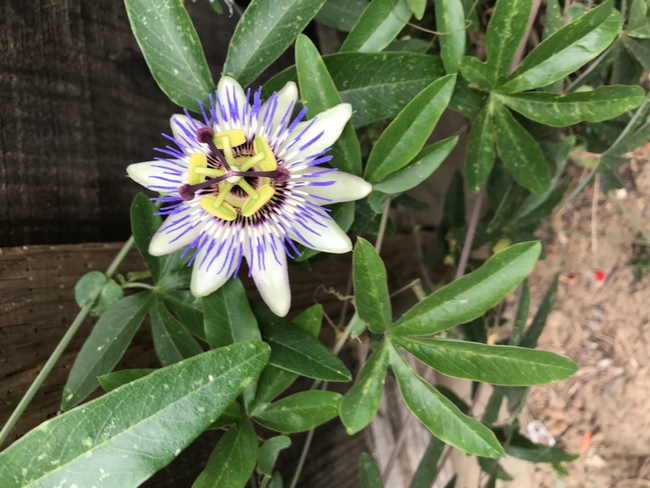- Author: Denise Godbout-Avant
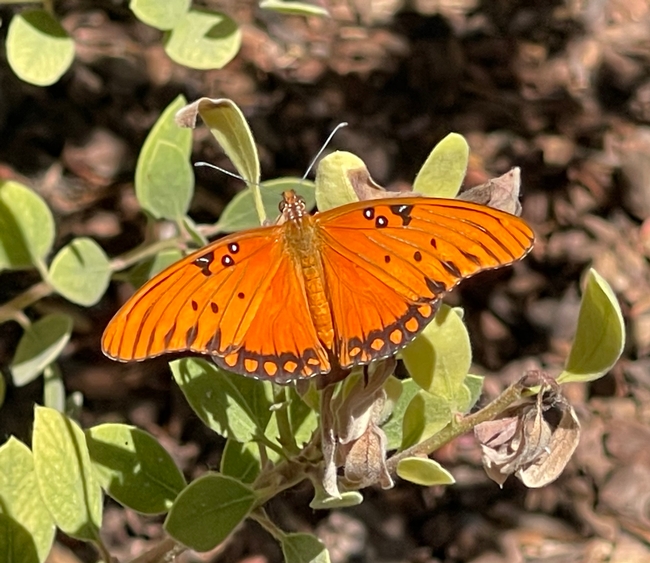
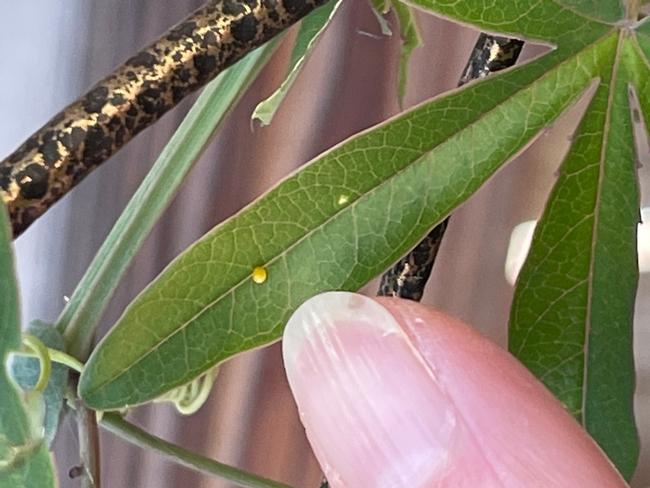
The Butterfly and Caterpillar
The Gulf fritillary is one of the showiest butterflies in California. With a wingspan that can reach four inches, the upper surface of the wings is bright orange-red. This vivid coloration is not just for show, but a warning to predators regarding its unpalatable taste. The underside is equally striking with large silvery-white spots on a muted orange-brown background, which provides camouflage when the wings are closed.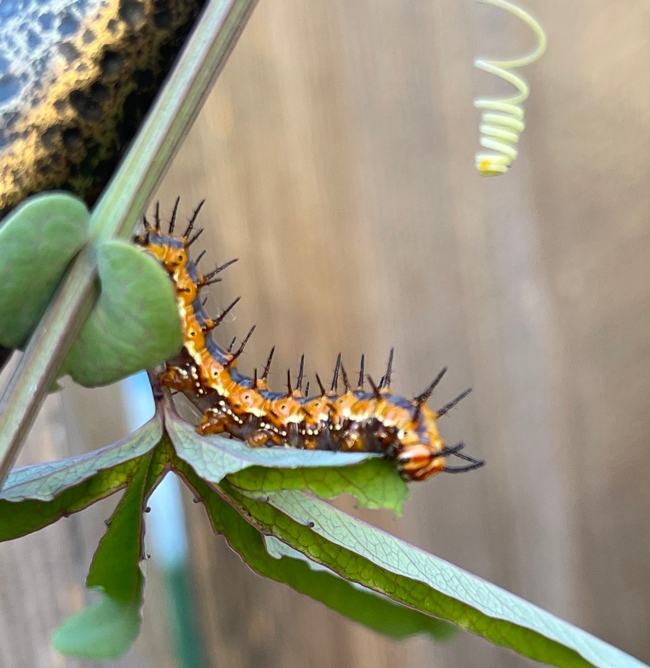
A tropical/subtropical butterfly, its range extends from southern and western United States all the way to central Argentina. Its spiny orange-and-black caterpillar feeds solely on Passionflower leaves (genus Passiflora). While not considered endangered, its population is affected by habitat loss, climate change, pesticides, and the availability of passion vines.
Metamorphosis
Like all butterflies, its life cycle is egg to caterpillar (larva) to pupa, to adult, which takes about 5-6 weeks for the Gulf fritillary:
Eggs: The female butterfly generally lays a single egg yellowish in color on the surface of passion vine leaf. She may lay several single eggs on several leaves. The egg stage duration is 4 to 8 days.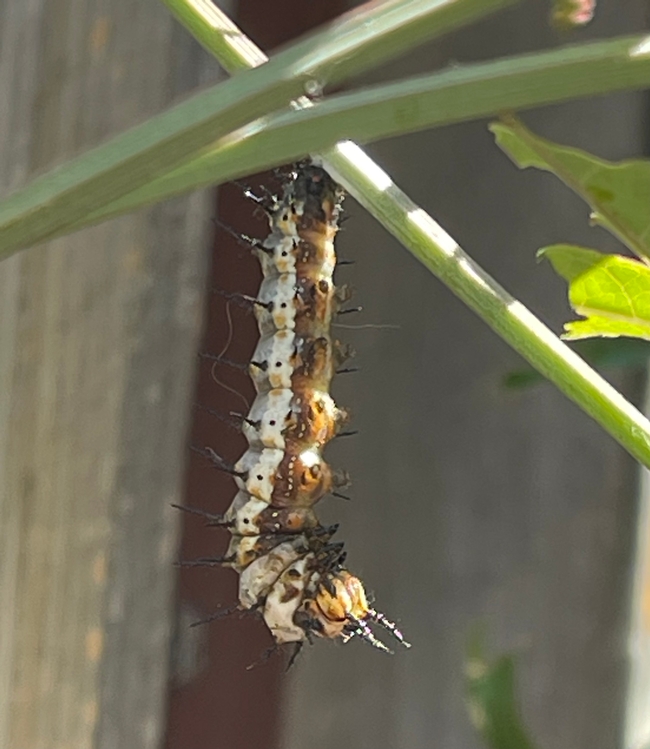
Caterpillar: Once the egg hatches, the caterpillar will voraciously feed on the passion vine leaves for 2-3 weeks. It will grow rapidly during this period, molting its exoskeleton; the period between each molt is called an “instar.” Like the colorful adult butterfly, its distinctive orange-black coloring and “spines” serve as a warning to potential predators.
Pupa: After reaching sufficient size, the pupal stage will begin. The caterpillar will first go into an upside-down “J” position by attaching itself with a plug of silk on a branch or other nearby solid surface (such as a fence). Within a few hours it will form a greenish-brown chrysalis, which will dry out by the next day to look somewhat like a brown, withered leaf. The pupal stage is a time of significant transformation and lasts about 5-10 days.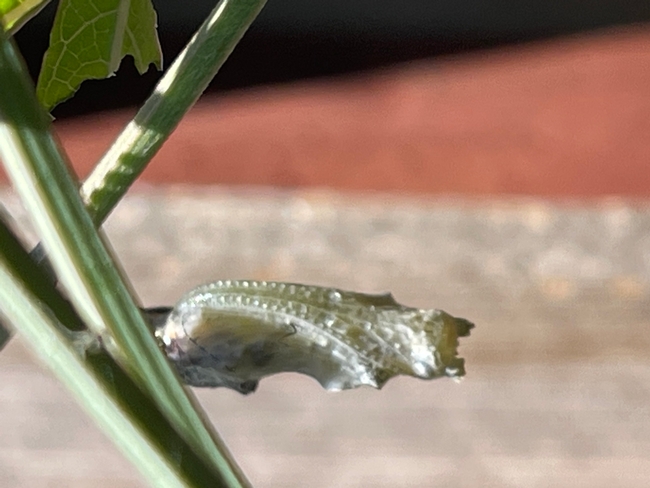
Adult: When the adult butterfly is getting ready to emerge, the chrysalis will begin to change, becoming clearer – you can observe the black wings inside. The chrysalis will also begin to split. After emerging, the adult will hang onto the now-empty chrysalis, pumping a liquid into its wings to expand them and drying, before it can fly.
During the next 2 to 4 weeks, it will feed on nectar (thus pollinating flowers) and mate, producing the next generation. Male and female butterflies are quite similar, with the female being slightly larger and males having more pronounced coloring.
Gulf fritillaries have a graceful, agile flight, with rapid wingbeats and gliding. They are sometimes mistaken for monarch butterflies, but are generally smaller and fly more quickly.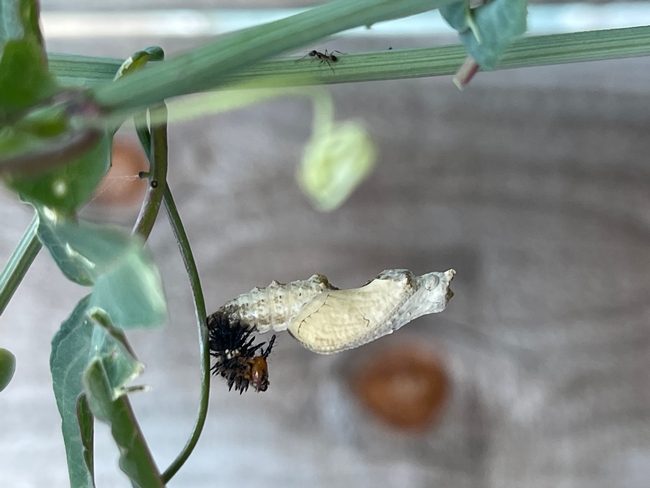
Unlike some butterflies, it generally does not engage in long migrations, though it may move further north or south in a region according to changes in the seasons and food availability.
Adults are attracted to flowers that include lantana, aster, coreopsis, and black-eyed Susan (Rudbeckia hirta).
Passion Vine
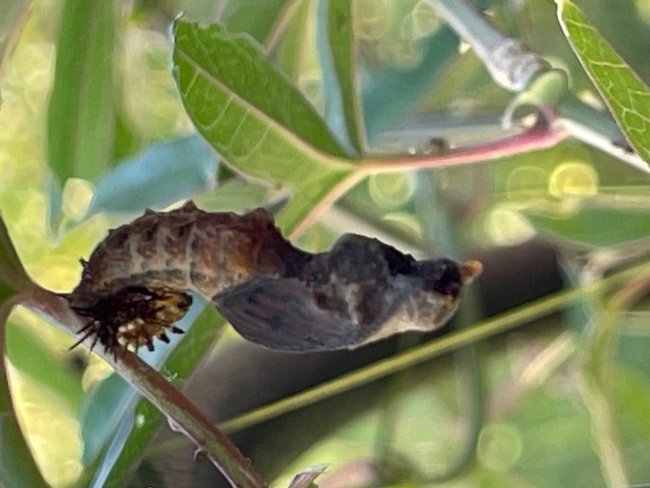
Train passion vines on trellises or walls. Due to its vigorous growth, it can become overgrown and tangled, so untangling and thinning may be required. Varieties that can be grown in our area include Blue Crown (P. caerulea), Wild Passion Vine (P. incarnata), P. ‘Incense,' and P. ‘Lavender Lady.' Avoid using pesticides which can harm caterpillars and adult butterflies.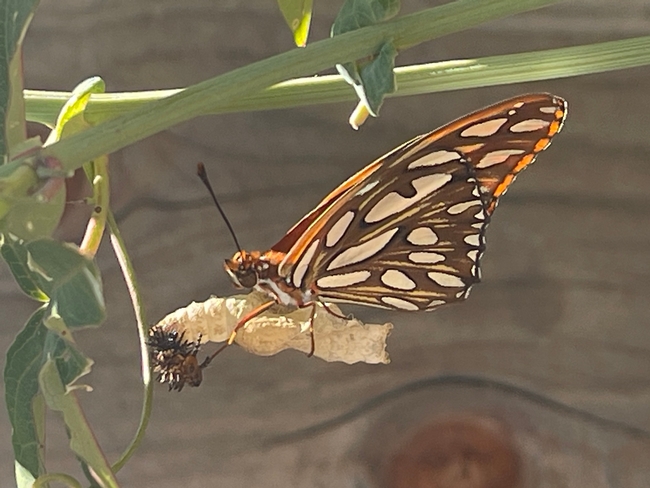
“My” Caterpillars
It amazes me how a Gulf fritillary female butterfly found my small passion vine so soon after it was planted, which is still too young to begin producing their showy flowers (hopefully next spring!). I've enjoyed checking “my” caterpillars daily, watching them devour leaves on the vine (which will recover!). I went out multiple times daily when I notice a caterpillar in the “J” position and watch them develop their chrysalis.
Some caterpillars and chrysalis have mysteriously disappeared during the night, but I continue to see adult butterflies flitting about flowers in my garden, mating, see more eggs on leaves and young caterpillars. I look forward to continuing to observe the miracle of the metamorphosis stages from eggs to new beautiful butterflies emerging from their chrysalis and flying in our garden through the remainder of summer.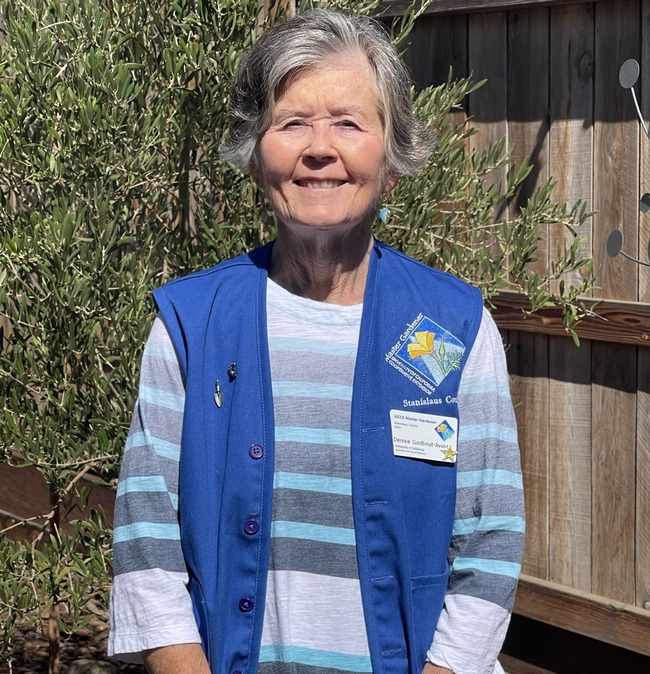
Denise Godbout-Avant has been a UC Cooperative Extension Master Gardener in Stanislaus County since 2020.
For More Information on Gulf Fritillaries and Passion Vines
BugSquad: That's One Beautiful Butterfly: https://ucanr.edu/blogs/blogcore/postdetail.cfm?postnum=10835
Bug Squad: Gulf Fritillary – A Glorious Butterfly: https://ucanr.edu/blogs/blogcore/postdetail.cfm?postnum=38566&postnum=38566
Art Shapiro's Butterfly Site: https://butterfly.ucdavis.edu/news/gulf-fritillary-colonizes-sacramento-and-davis
Sunset Western Garden Book
- Author: Denise Godbout-Avant
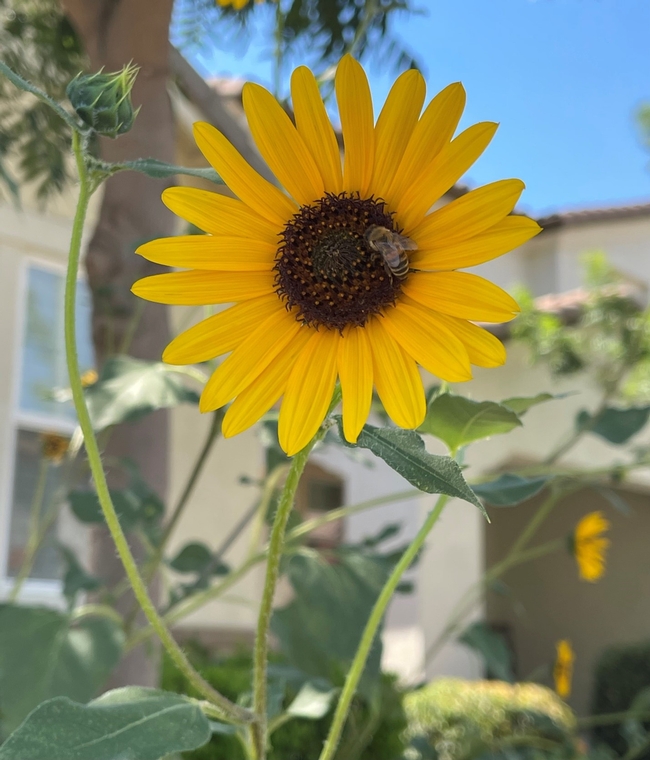
What's blooming now?
Here are a few of my favorite California native plants that bloom during the months of July and August when little else is flowering:
California Buckwheat (Eriogonum fasciculatum var. fasciculatum) – With their leathery leaves, buckwheat shrubs are tough sun-lovers, and easy to grow. Once established it needs little to no water during the summer months. Abundant clusters of white, cream, yellow, and pink flowers appear as early as March and bloom all summer, drying to a red color. A good source of nectar and pollen during the drier months, it is a favored plant of a variety of pollinators including bees, butterflies and birds. Other good native buckwheat choices are St. Catherine's Lace (Eriogonium giganteum) and Santa Cruz Island buckwheat (Eriogonum arborescens).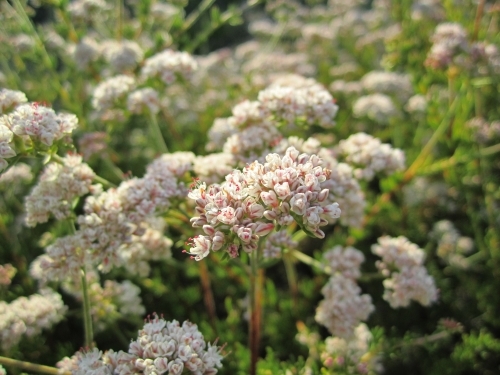
St. Catherine's Lace (Eriogonum giganteum) – Another buckwheat, this showy evergreen plant has wooly, whitish-grayfoliage, usually growing to 2-4 feet tall x 4-5 feet wide. Large, dense clusters of tiny, lacy pinkish-white flowers gradually turn reddish-brown over the summer. Once established it requires little water. The UC Davis Arboretum named this easy-to-care for plant one of its “All-Stars” for growing in California gardens. An important butterfly plant, it also supports honeybees, native bees, moths and attracts birds.
California Fuchsia (Epilobium canum) – With its profusion of bright scarlet, tubular shaped flowers, this fuchsia is a magnet for hummingbirds and provides a splash of color to a summer garden. A perennial plant that is easy to grow, it tolerates almost any soil, and does well in the sun or partial shade. Like buckwheats, once established it generally needs no water during the summer. It will continue to bloom into autumn, dying back and going dormant in the winter. There are a number of varieties, including some white and pink ones: the Brilliant Smith California fuchsia ((Epilobium ‘Brilliant Smith'), Solidarity Pink California Fuchsia (Epilobium ‘Solidarity Pink'), and the white Summer Snow California Fuchsia (Epilobium ‘Summer Snow').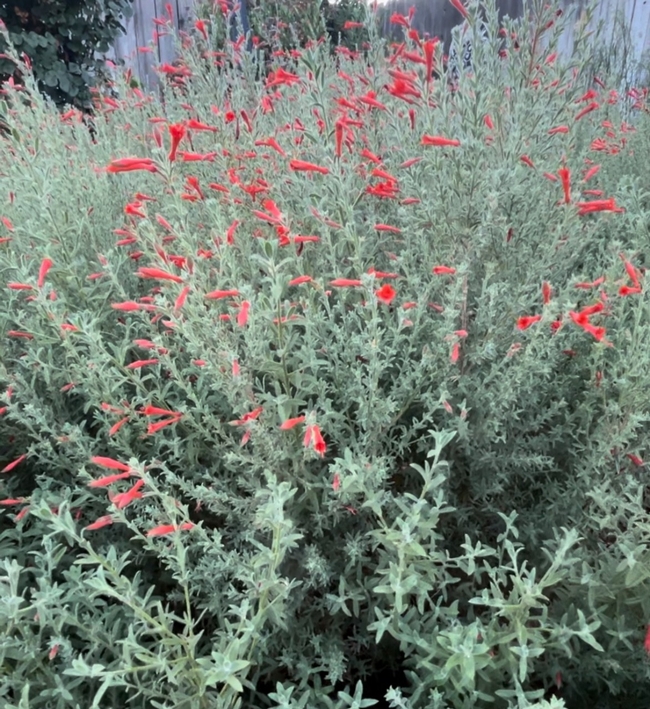
California Sunflower (Helianthus californicus) – This wild sunflower is an erect perennial that is a somewhatsprawling,lanky plant up to 3 meters or more, with a network of tough, woody roots and small rhizomes. The classic sunflowers are bright yellow, blooming during the summer and fall, which attract a variety of bees and other pollinators. Birds love the seeds they produce.
Narrowleaf Milkweed (Asclepias fascicularis) – This 3 foot tall milkweed plant blooms in summer and fall with clusters of light lavender or pink-white flowers. Its long pointed leaves gives it a delicate appearance. This species is probably the single most important milkweed species for the endangered Monarch butterflies since it is a major host plant for their caterpillars. Do not spray pesticides near them since that could be fatal to the Monarch caterpillars. The plant also provides resources for other beneficial creatures including native bees. The fruit are small pods that split open, spilling their seeds in silky hairs that are carried through the air. Dormant in the winter, it grows well in the summer with no water.
Desert Willow Tree – (Chilopsis linearis) – This small deciduous tree (12 – 18 ft. tall) blooms much of the summer. It gets its name because of its willow-like leaves and is drought-tolerant. A fast growing, low-maintenance tree once established, its lovely trumpet-shaped flowers in a variety of pink, lavender, and white colors attract butterflies, bees and birds.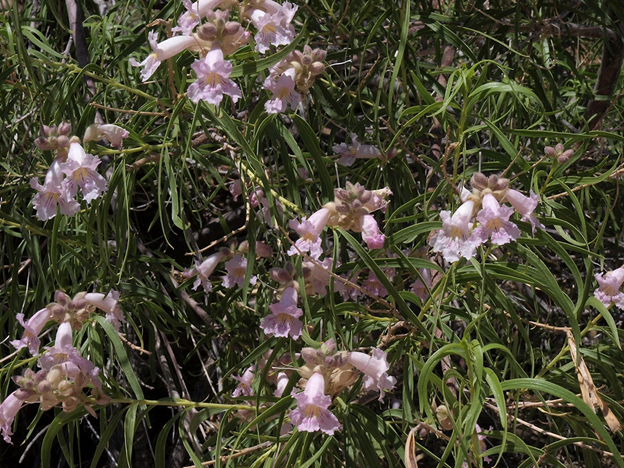
When to Plant
While these plants all thrive in the summer heat with little water, this is not a good time to plant them! The cooler months of fall or early spring is always the best time to plant new plants in your garden. They will need moderate watering until they are established, which usually takes a year or two.
You cannot go wrong with planting any of these native plants in your garden for colorful summer flowers that are water-wise, easy to care for, adapted to our summer heat, and will attract pollinators!
Some publications with information about California native plants:
Created by California Native Plant Society, it is an excellent source of information on native plants: https://www.calscape.org/
8 Summer-blooming Plants: https://publicgarden.ucdavis.edu/blog/8-summer-blooming-plants
WUCOLS: Water Use Classification of Landscape Species is landscape-based search website that is based by region: https://wucols-frontend.ucdavis.edu/#/search
UC Davis Arboretum All-Stars: https://arboretum.ucdavis.edu/arboretum-all-stars
- Author: Denise Godbout-Avant
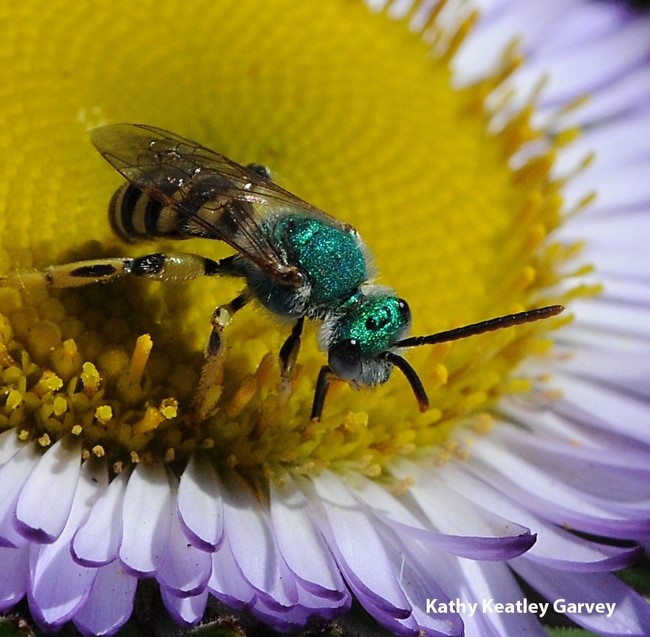
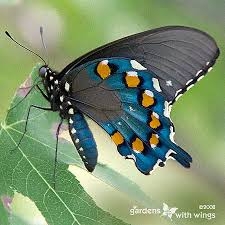
Due to climate change, California's Central Valley weather is getting hotter and drier with longer periods of drought likely, interspersed with occasional wet years. Growing native plants in our gardens is one of the ways we can have water-wise, environmentally friendly, colorful plants that support local wildlife.
If you are interested in learning about native plant gardening, how to start planting and caring for native plants, what plants are California natives, come to one of the Stanislaus County UC Master Gardeners' library talks during September. Like many of my fellow Master Gardeners, I love to share my love and knowledge of native plants!
Denise Godbout-Avant has been a UC Master Gardener in Stanislaus County since 2020
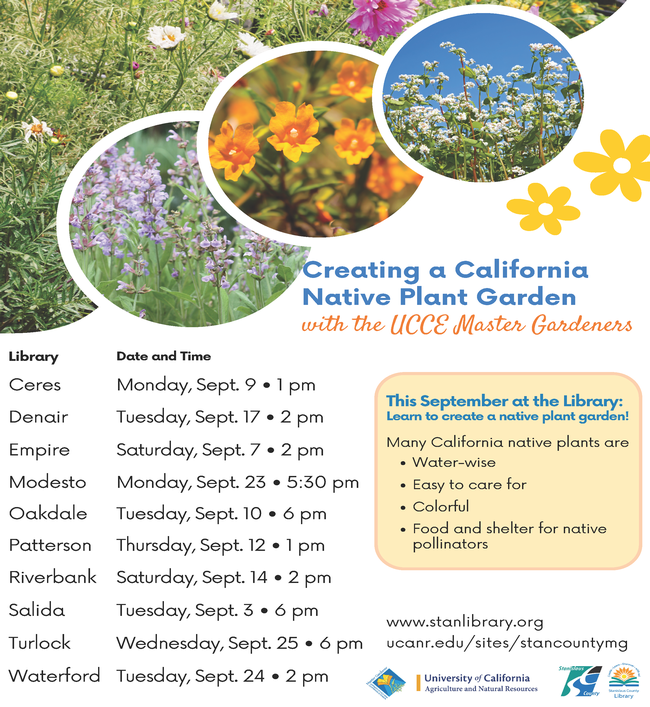
- Author: Denise Godbout-Avant
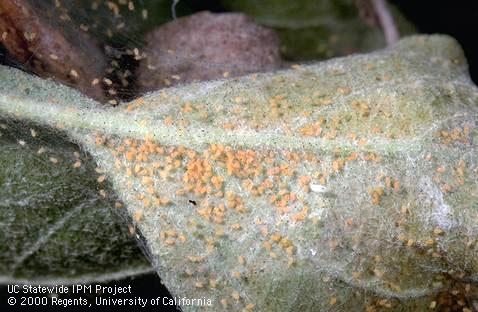
What are Spider Mites?
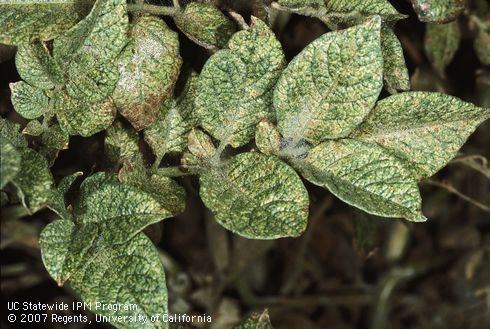
The initial damage generally appears as a stippling of light dots on the leaves. Heavily infected leaves turn yellow or bronze and fall off. To spread to new locations, these mites make use of “ballooning” by becoming airborne on a strand of webbing in the wind. If conditions are favorable, some spider mite varieties can hatch in 3 days and become sexually mature in as little as 5 days. A female can lay up to 20 eggs per day, live to 2-4 weeks, laying hundreds of eggs. This accelerated reproductive rate allows their numbers to grow rapidly, and to adapt quickly, becoming resistant to pesticides.
How To Control Spider Mites
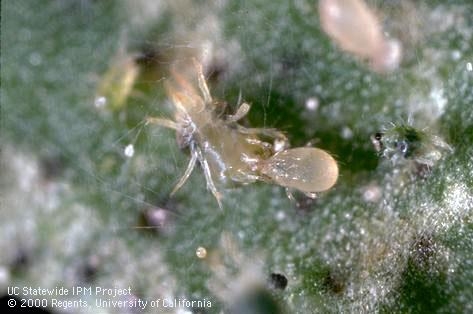
Keeping the dust down by planting ground covers, using mulches, and irrigating regularly also reduces the chances of getting spider mite infestations. Ensure your plants are getting enough water to reduce drought stress – stressed plants are more susceptible to harmful insects and diseases. If you do have a large spider mite population, apply water spray or mist to the undersides of the leaves at least twice a day to help decrease their numbers since they prefer dry conditions.

For More Information
UC Integrated Pest Management (IPM) has additional information on how to identify spider mites, their life cycle, plant damage, and how to control:
UC QUICK TIPS: https://ipm.ucanr.edu/QT/spidermitescard.html
UC PEST NOTES: https://ipm.ucanr.edu/legacy_assets/PDF/PESTNOTES/pnspidermites.pdf
Denise Godbout-Avant has been an UC Cooperative Extension Master Gardener in Stanislaus County since 2020
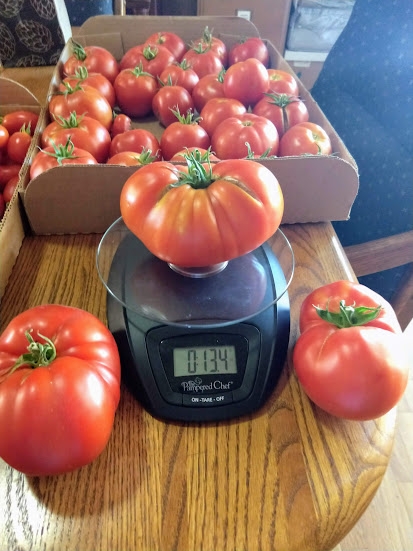
Did you know? Not all saved tomato seeds will produce the same tomato you ate! Find out why and learn the method of how to save them in this informative and hands-on workshop. You'll take home seeds to save and a copy of the presentation.
When: Saturday, August 24, 2024 9:30 a.m. - 12:00 p.m.
Cost: $10
Location: Stanislaus County Ag Center, Modesto
Sign Up Link: https://ucanr.edu/totally/tomatoes/2024
Questions? (209) 525-6862
UC Cooperative Extension Master Gardener Instructor: Heidi Aufdermaur
If you'd prefer to pay by cash or check, you can send or drop payment by the office. Please sign up and pay by August 15 to reserve your space!

